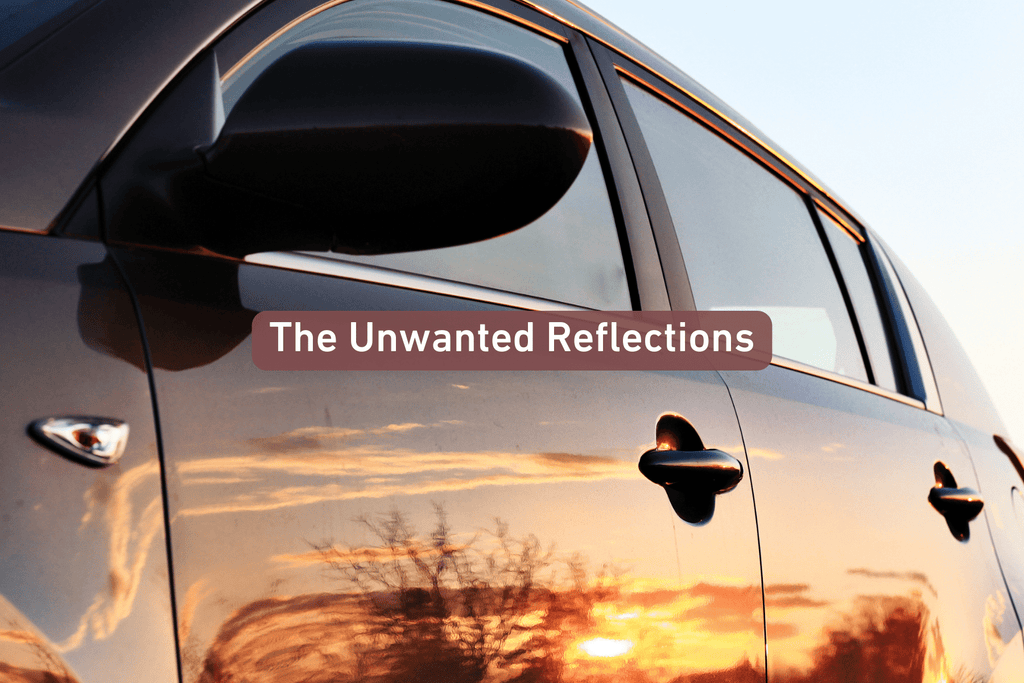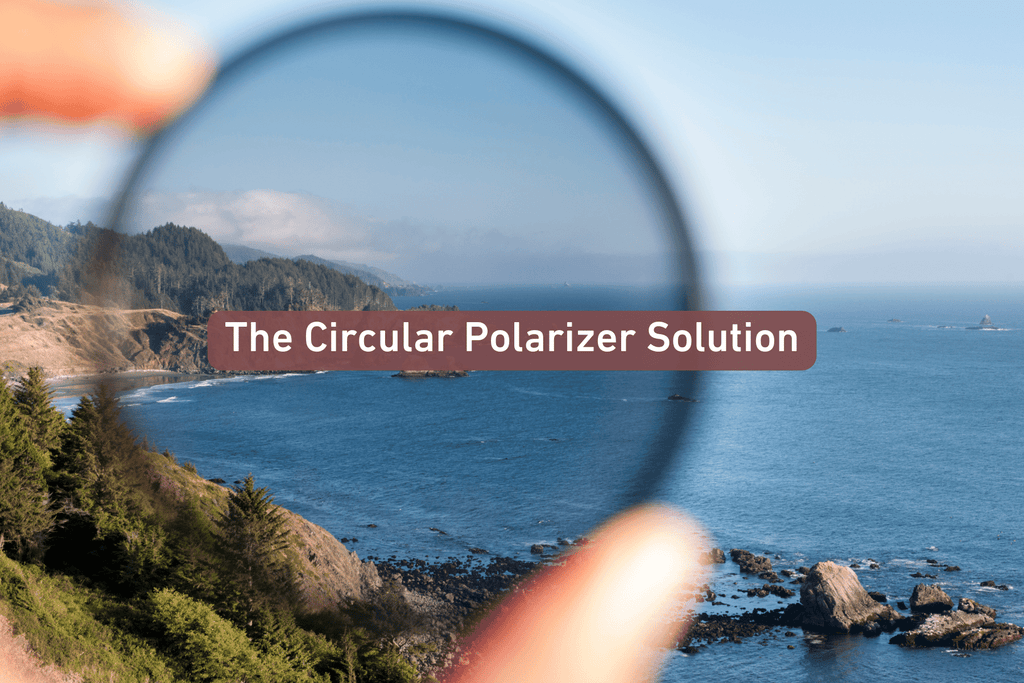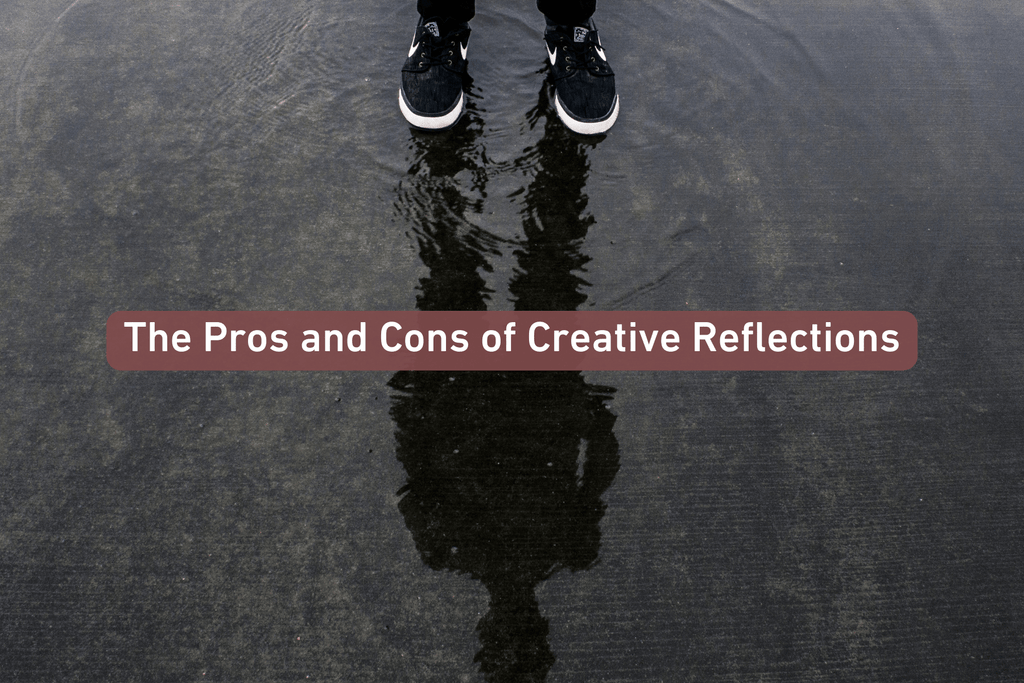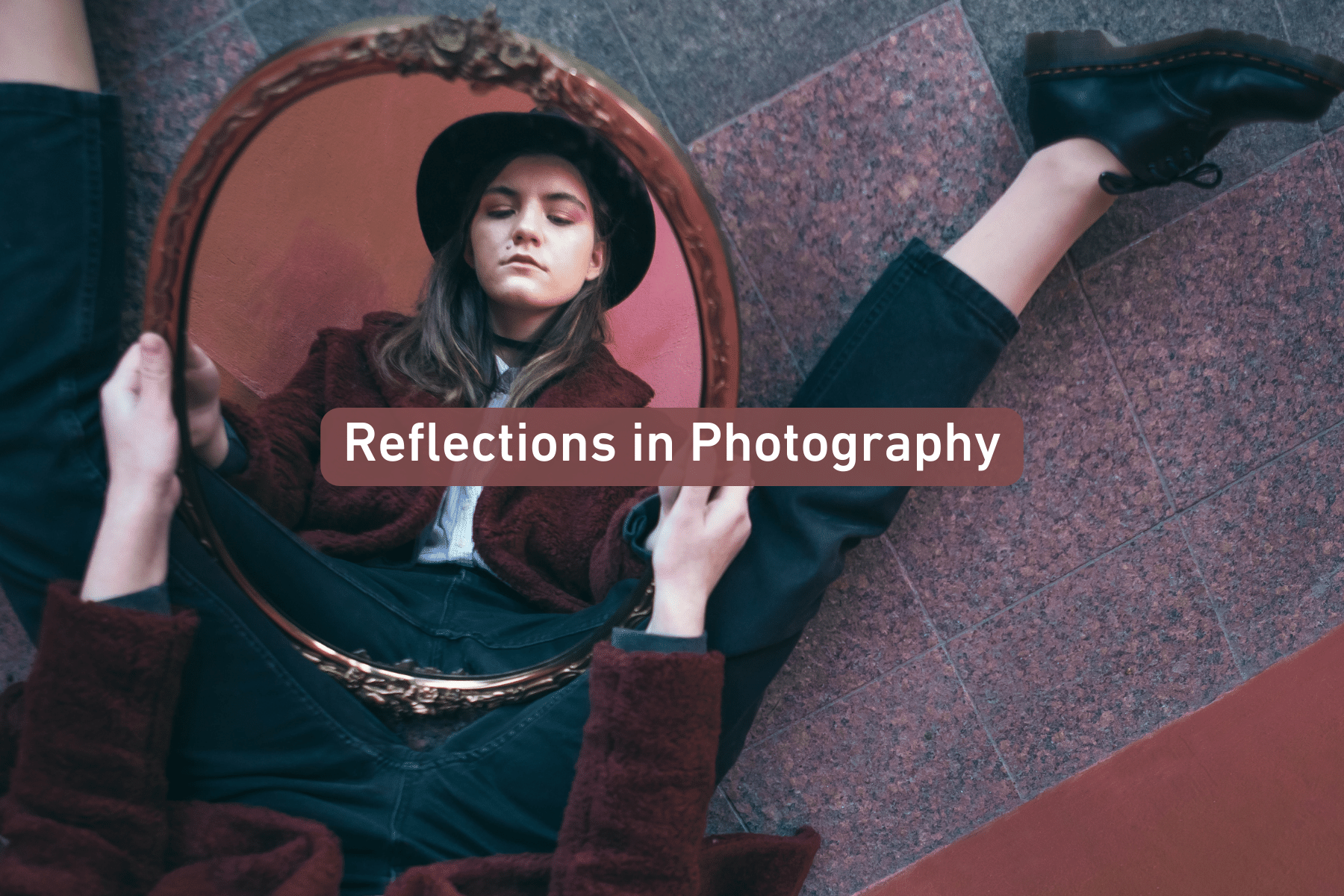Photography is a gateway to encapsulating the world in all its splendor, offering a gateway to unveil its enigmatic and captivating facets. Among the myriad techniques at a photographer's disposal, one that unfailingly injects depth, mystique, and an artistic aura into your visuals is the mesmerizing world of reflections.
Reflections can be both technically challenging and creatively rewarding, and mastering them involves understanding when to use them for the desired effect and when to remove unwanted thoughts. In this blog, we'll delve into the world of incorporating reflections into your photography, from the technical aspects to creative considerations.

The Unwanted Reflections
Unwanted reflections in your photographs can arise from a variety of sources:
Glass or Water Surfaces
Transparent or watery surfaces such as glass windows, calm lakes, or polished floors often cast unintended reflections. When you attempt to capture a shot through glass, you may find not only your intended subject but also a reflection of your own silhouette or the surroundings.
Bright Light Sources
Harsh reflections caused by direct sunlight or uncontrolled artificial light sources can compromise the quality of your photographs. These reflections wash out details and reduce the overall appeal of your images.
Glare from Shiny Surfaces
Surfaces that are highly reflective or glossy, like cars, metallic objects, or rain-soaked streets, can introduce glare or unwanted specular highlights into your pictures.

The Circular Polarizer Solution
A circular polarizer filter (CPL) is an invaluable tool in your photographic arsenal for mitigating or eliminating these unwanted reflections. The CPL filter operates through polarization, and here's how it works:
Polarization
The CPL filter selectively blocks specific polarized light waves. By rotating the filter, you can control the angle at which it intercepts these waves, allowing you to minimize or entirely remove reflections from various surfaces.
Reducing Glare
Adjusting the CPL filter enables you to diminish glare from water surfaces, glass, or other reflective objects. This contributes to a cleaner appearance of your photos but also enhances the visibility of the finer details in your chosen subject.
Enhancing Colors
An often underappreciated perk of CPL filters is their ability to intensify colors. They can make the sky appear bluer, foliage greener, and water clearer, ultimately elevating the overall quality of your photos.
Pros of Using a Circular Polarizer:
- Effective at reducing or eliminating unwanted reflections.
- Enhances color saturation.
- Improves the overall image quality.
- Grants you control over the intensity of the effect.
Cons of Using a Circular Polarizer:
- Reduces the light entering your lens, potentially necessitating longer exposure times or wider apertures.
- It may not work optimally with ultra-wide-angle lenses, as the polarization effect can be uneven across the frame.

Unleashing Creative Reflections
Once you've mastered the technical aspects of managing reflections, you can use them creatively to elevate your photography. Here are some tips for incorporating desired reflections for artistic impact:
Harness the Power of Water
Whether serene lakes or bustling rivers, water bodies offer fantastic opportunities for creative reflections. You can craft a peaceful, mirrored world by capturing your subject or the landscape mirrored on the water's surface. Experiment with different angles and compositions to discover the most captivating reflection.
Transcend Glass Barriers
While unwanted reflections through glass can pose challenges, controlled reflections can be powerful storytelling tools. Museums, aquariums, and architectural marvels featuring glass elements provide captivating opportunities to capture scenes inside and outside the glass enclosure.
Seek Symmetry and Balance
Reflections can be harnessed to create symmetry and balance within your compositions. Position your subject so that its reflection on a mirrored surface forms an aesthetically pleasing, harmonious image. This technique is frequently employed in architectural photography, where buildings and reviews establish striking symmetry.
Explore Rainy Day Photography
Rainy days, often perceived as a photographer's nightmare, present a golden opportunity to capture creative reflections. Puddles on the streets, raindrops adorning windows, and glistening pavements after a downpour can be harnessed to create unique, moody shots.
Embrace Golden Hour
The golden hour, that magical period just before sunset and after sunrise, blesses photographers with soft, warm lighting, perfect for capturing stunning reflections. Water bodies, whether the sea, a tranquil lake, or even a humble puddle, can mirror the colorful sky and surrounding landscape, creating captivating ethereal images.
Experiment with Shiny Surfaces
Reflective surfaces are abundant in urban environments. Car hoods, glass facades, and polished architectural marvels offer captivating opportunities to create dynamic, visually engaging cityscapes. Employing reflections creatively in such settings can yield compelling photographs.

The Pros and Cons of Creative Reflections
Pros of Using Creative Reflections:
- Injects depth and visual intrigue into your images.
- Fosters a sense of symmetry and balance.
- Transforms mundane scenes into extraordinary works of art.
- Unearths fresh perspectives and storytelling possibilities.
Cons of Using Creative Reflections:
- Demands a discerning eye for composition and framing.
- It may necessitate trial and error to attain the desired effect.
- It can be challenging to control, particularly in unpredictable outdoor conditions.
- Refrain from indulging in reflections can render your photos gimmicky.
In closing, incorporating reflections into photography is an intricate dance between the technical and creative realms. Grasping how to handle unwanted reflections with tools like circular polarizers is crucial, but intentionally utilizing reflections to heighten your images' visual allure is equally essential.
As with any photographic technique, practice, and experimentation are the cornerstones of mastering the art of incorporating reflections into your photography. So, grab your camera, embark on a photographic journey, and explore the captivating world of reflections; you may unearth a new dimension of creative photography.
Related article: How to Use Prism Photography to Create Creative and Abstract Images?
Related article: The Importance of Editing Your Photos
Related article: How to Photograph in Bad Weather
Related article: Three Quirky Camera Techniques to Stimulate Your Imagination
Related article: Simple Tips for Better Pictures












